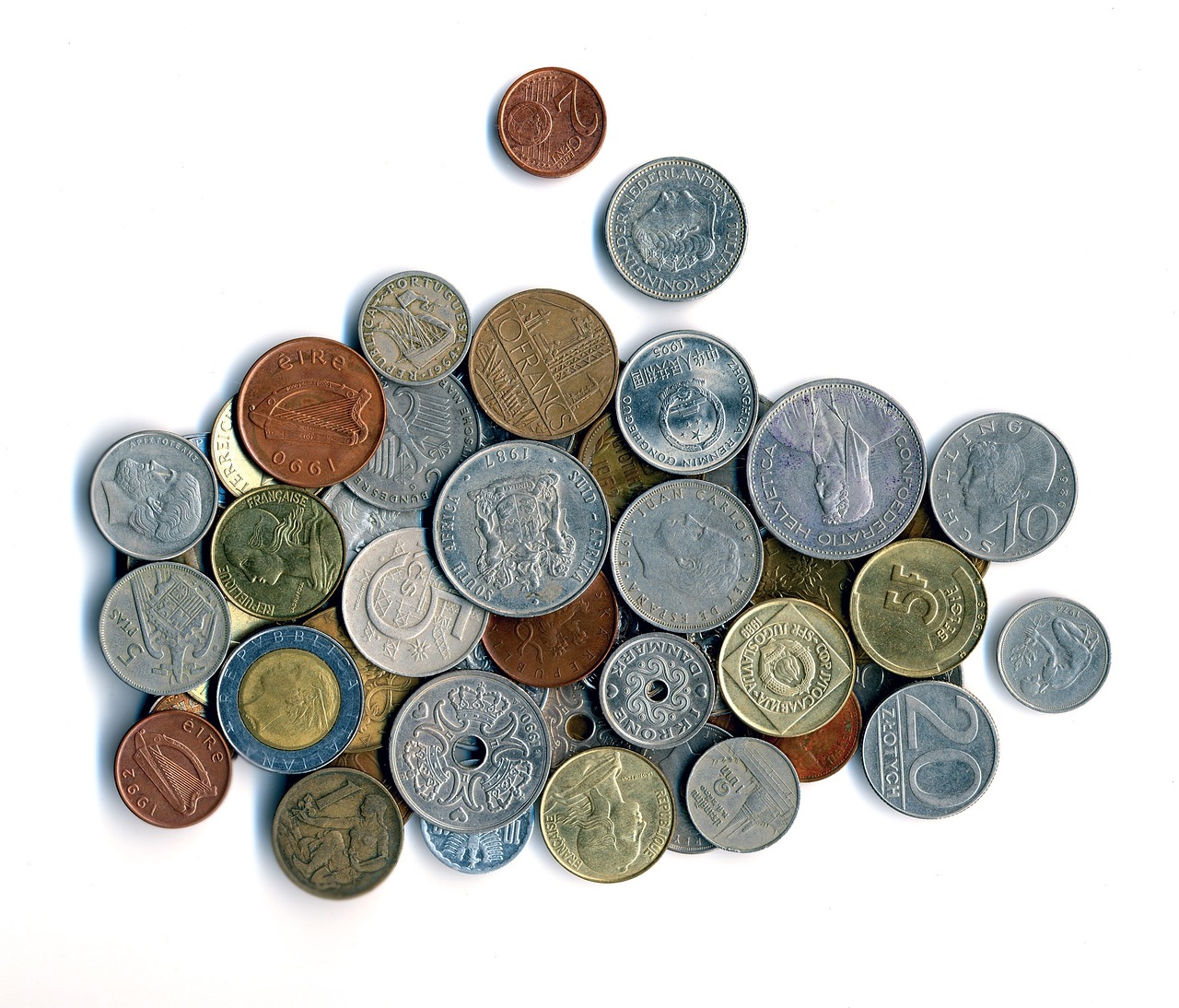The Psychology of Pricing: Influencing Consumer Behavior
Consumer perception of value is a critical factor that influences purchasing decisions. Value is subjective and varies based on individual preferences, experiences, and beliefs. When consumers assess the value of a product or service, they consider not only the price but also the quality, benefits, and overall experience it provides them. Understanding these diverse perceptions is essential for companies to effectively position their offerings in the market and cater to the needs and expectations of their target audience.
Moreover, consumer perception of value is shaped by various external factors such as marketing messaging, brand reputation, and social influences. Companies that can successfully align their branding efforts with the perceived value of their products can establish a strong competitive advantage in the market. By consistently delivering value that resonates with consumers, businesses can build loyalty, trust, and long-term relationships with their customers, ultimately driving sustainable growth and success.
Color and its impact on pricing
When considering pricing strategies, the role of color cannot be underestimated. Research has shown that colors play a significant role in shaping consumer perceptions and influencing their willingness to pay for a product or service. Different colors evoke varying emotions and associations in consumers, ultimately affecting their perception of value. For example, vibrant colors like red are often associated with energy and excitement, leading consumers to perceive products displayed in such colors as more valuable and worth the price tag.
Furthermore, color can also influence consumers’ perceptions of quality and prestige. In luxury markets, for instance, using sleek and sophisticated colors like black or gold can enhance the perceived value of a product and justify a higher price point in the eyes of consumers. On the other hand, bright and playful colors may be more suitable for products targeting a younger demographic, as they convey a sense of fun and affordability. Understanding the psychology behind color perception is crucial for businesses looking to optimize their pricing strategies and effectively communicate value to consumers.
The anchoring effect in pricing strategies
The anchoring effect in pricing strategies refers to the tendency of consumers to rely heavily on the first piece of information they receive when making purchasing decisions. This initial piece of information, or “anchor,” serves as a reference point that influences how consumers perceive subsequent prices. For example, if a consumer sees a high-priced item first, they may view all following prices as comparatively lower, making them more likely to make a purchase at a higher price point.
Businesses can strategically utilize the anchoring effect in pricing strategies to influence consumer behavior. By setting an initial price anchor that is higher than the actual price they intend to charge, businesses can create a perception of value and increase the likelihood of making a sale. This tactic can be particularly effective in situations where consumers may not have a clear reference point for pricing, leading them to rely more heavily on the initial anchor provided by the business.
What is the anchoring effect in pricing strategies?
The anchoring effect is a cognitive bias where consumers rely heavily on the first piece of information they receive when making decisions, particularly in regards to pricing.
How does understanding consumer perception of value play a role in pricing strategies?
Understanding consumer perception of value allows businesses to better align their pricing strategies with what customers are willing to pay for a product or service.
Can color have an impact on pricing strategies?
Yes, color can have a strong impact on pricing strategies as different colors can evoke different emotions and perceptions of value in consumers.
How can businesses utilize the anchoring effect in their pricing strategies?
Businesses can utilize the anchoring effect by strategically presenting the first price point to consumers in a way that influences their perception of value and willingness to pay.







